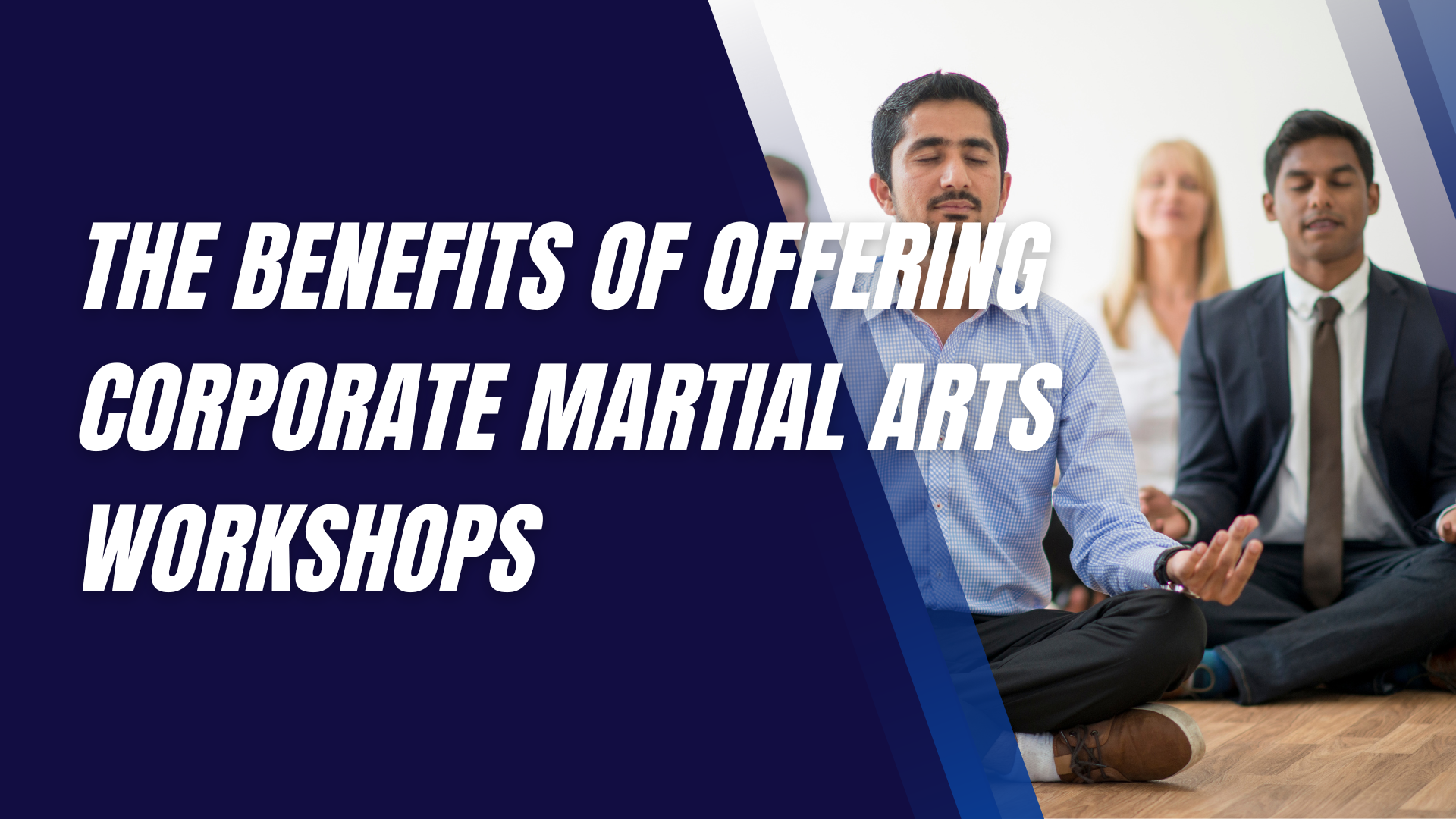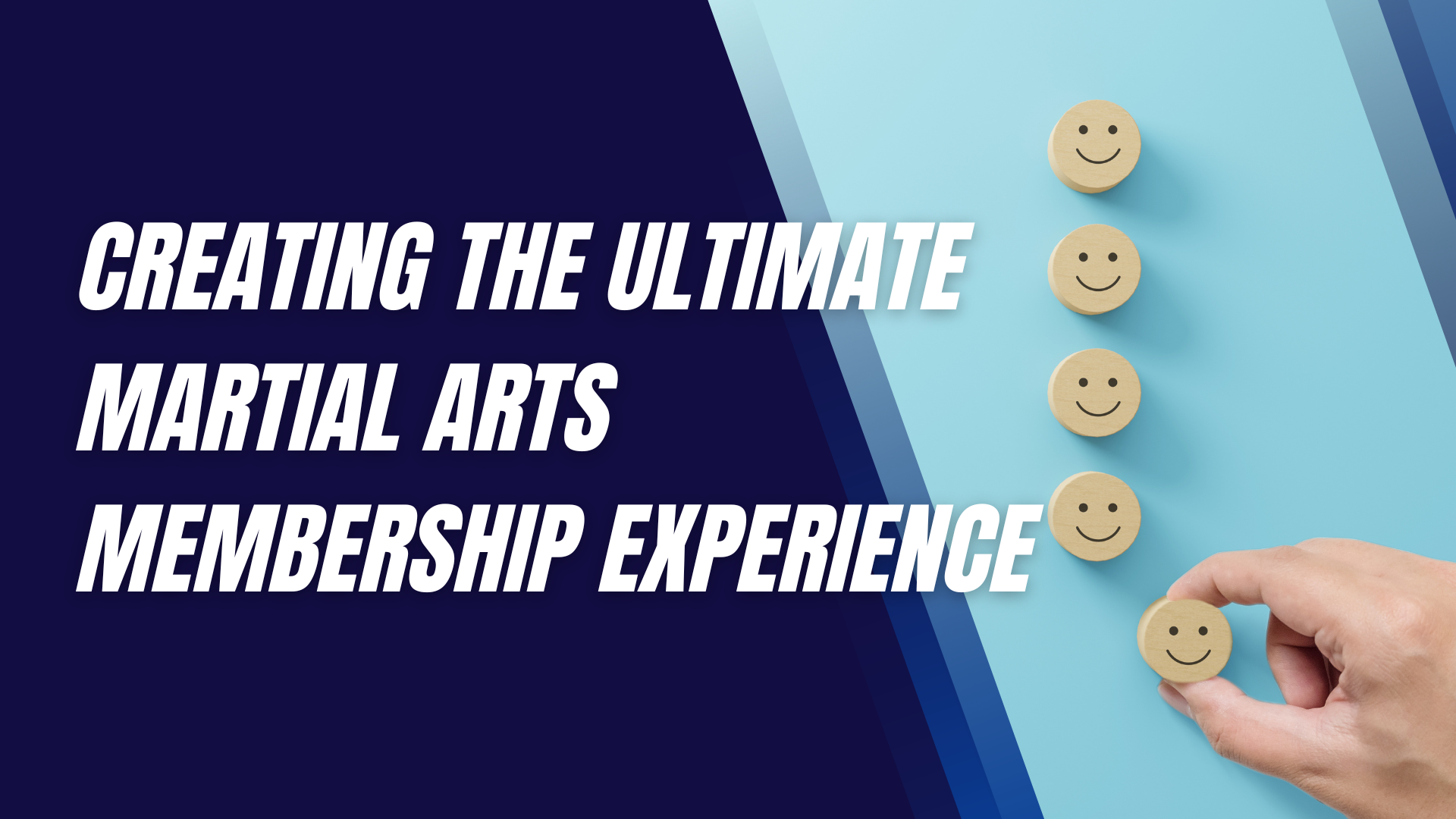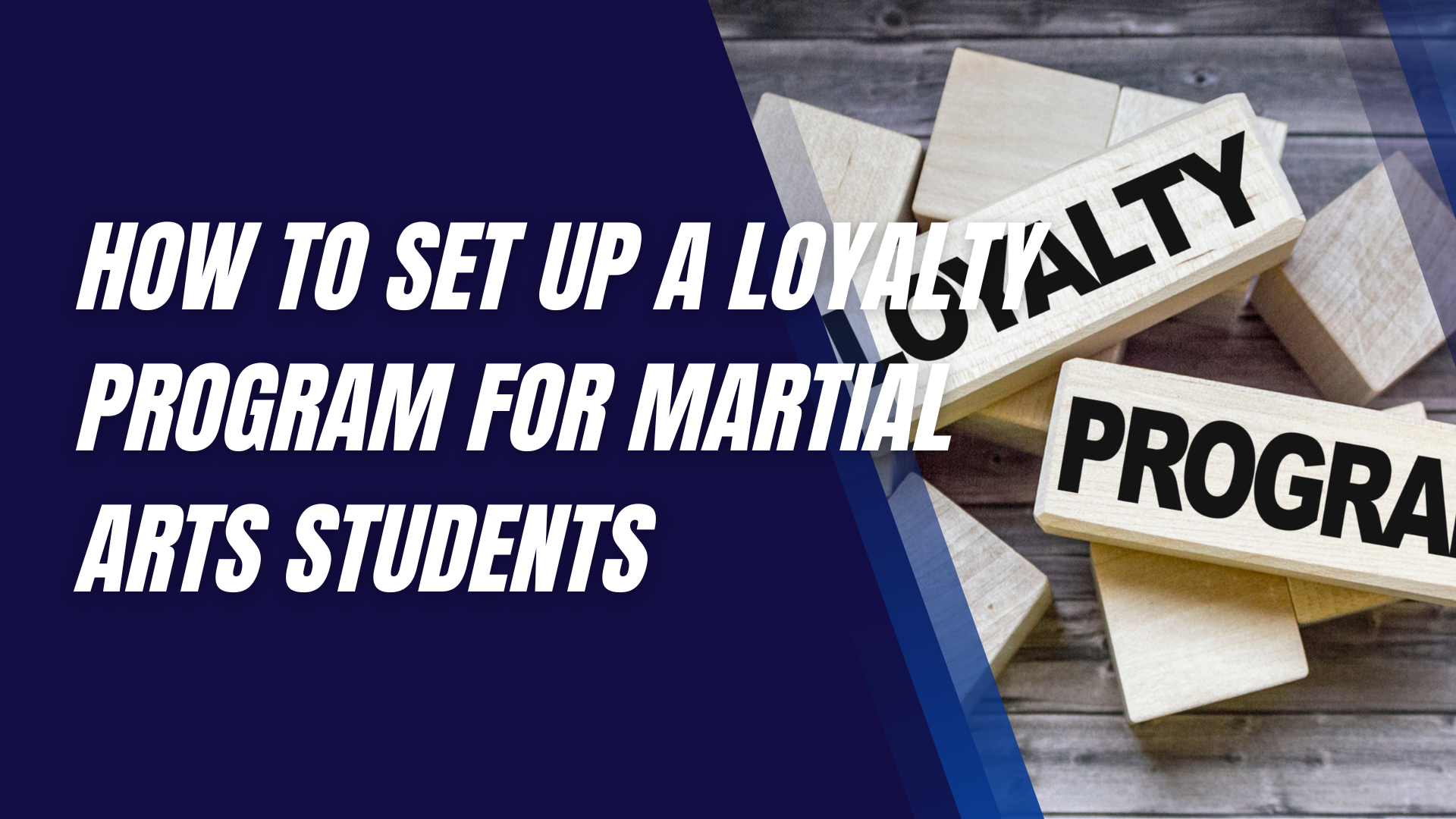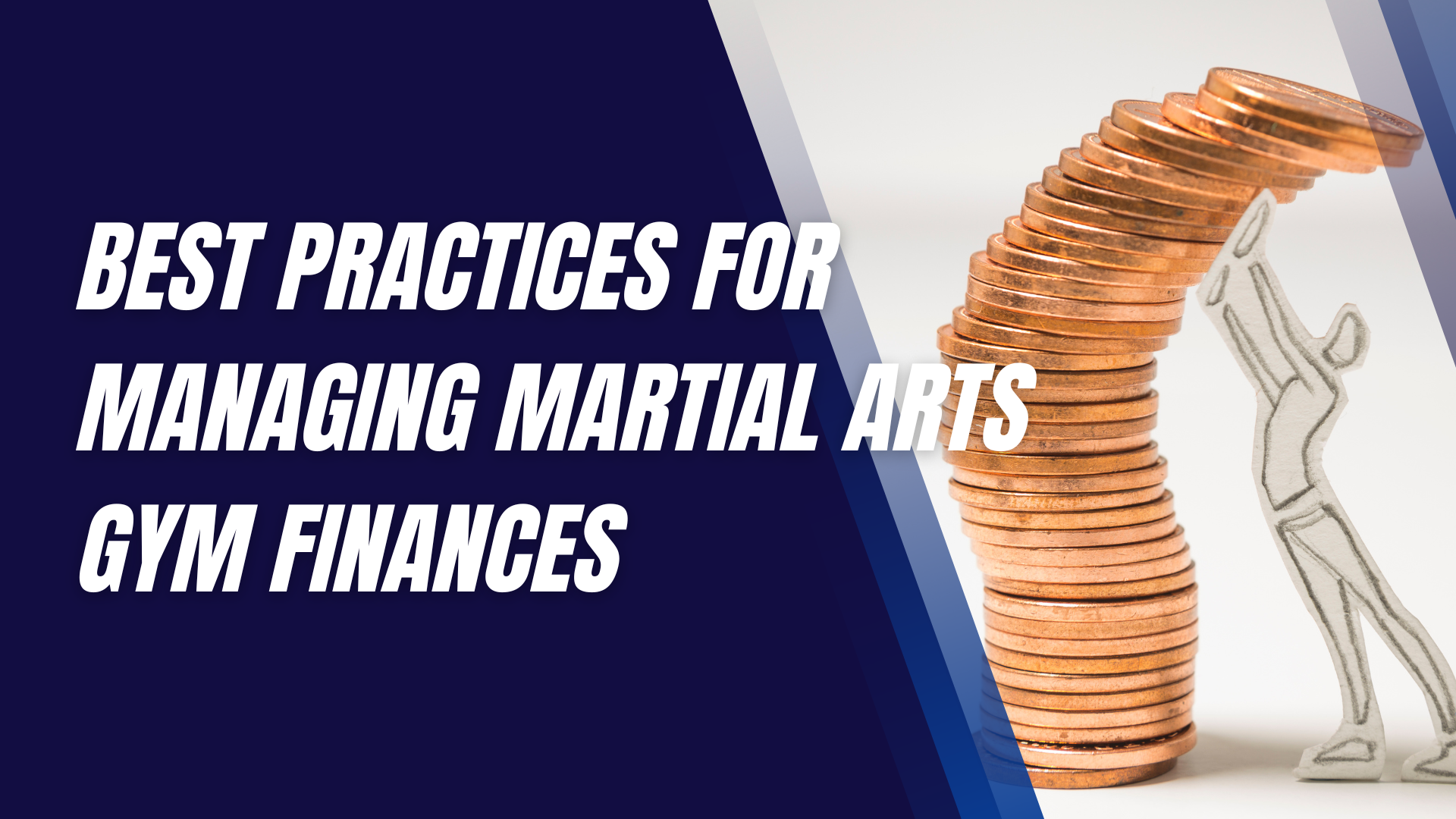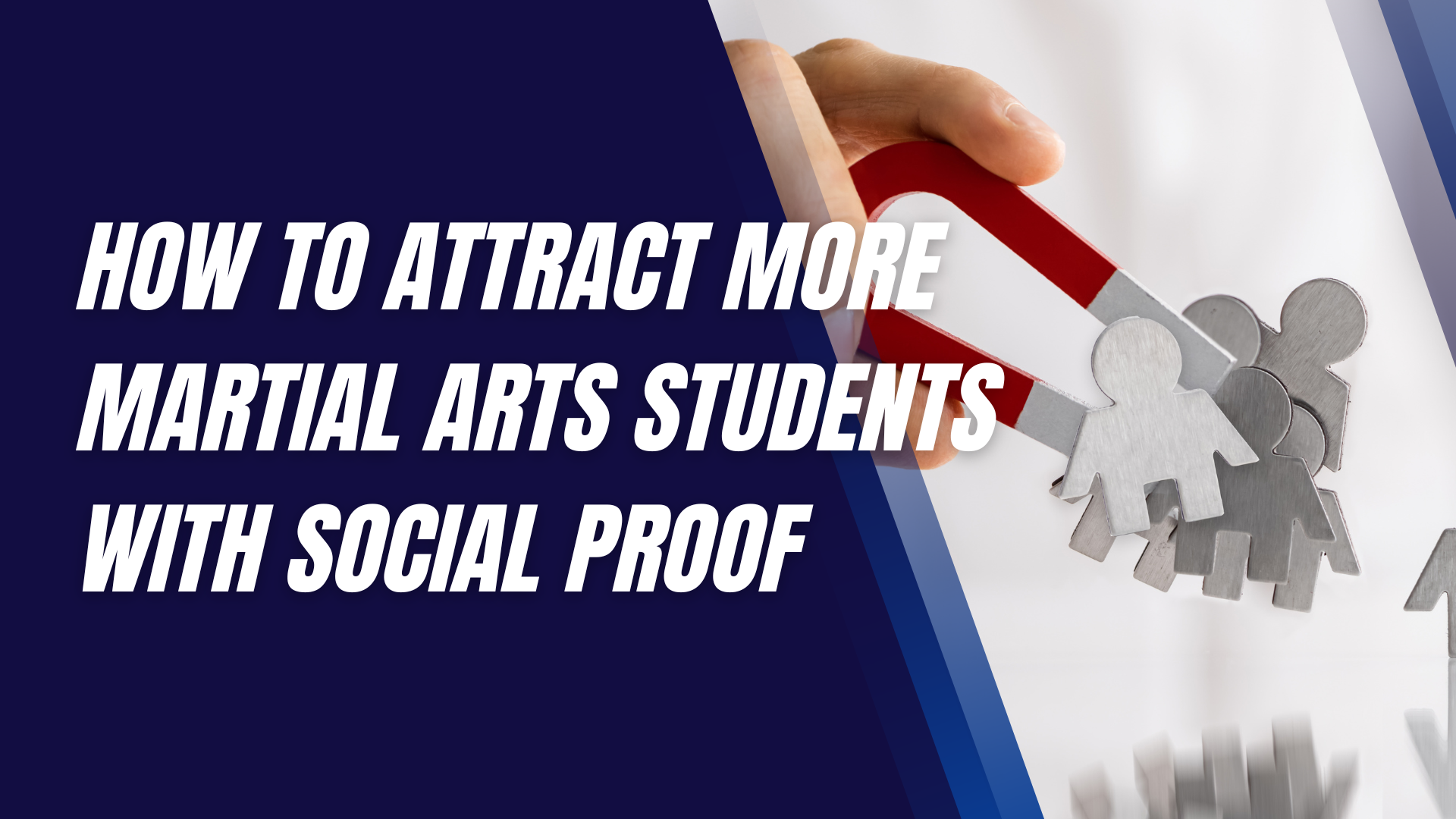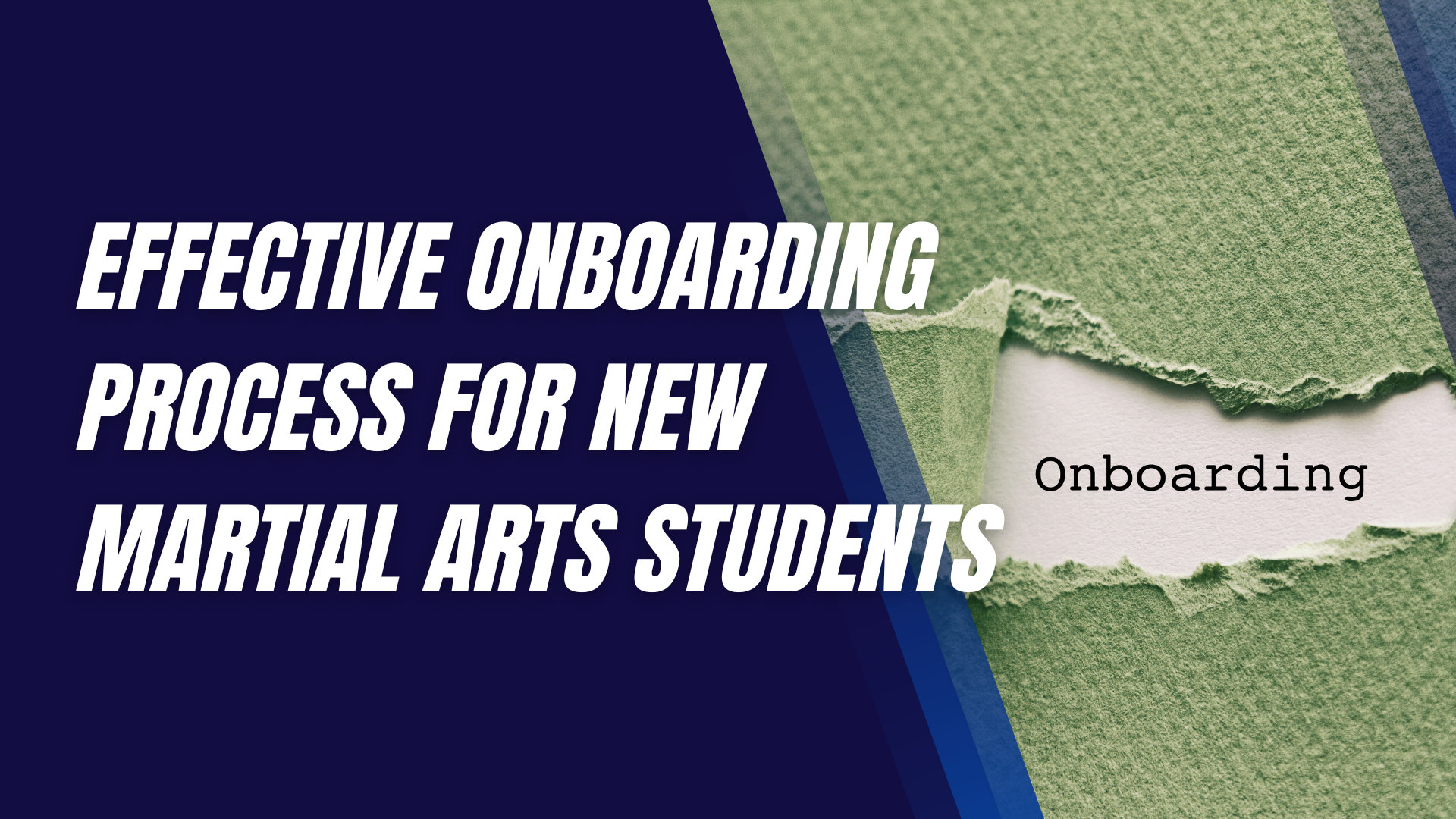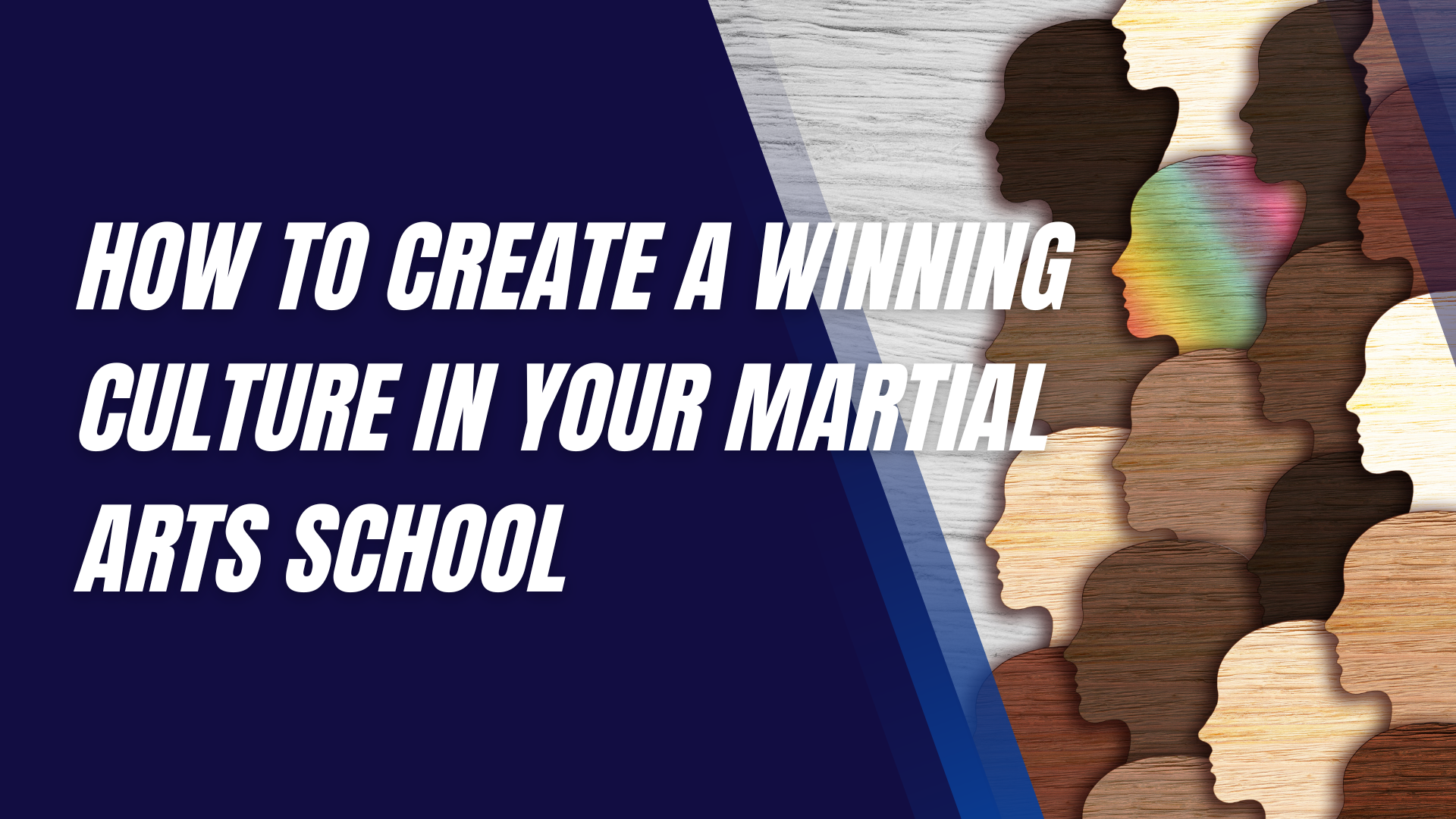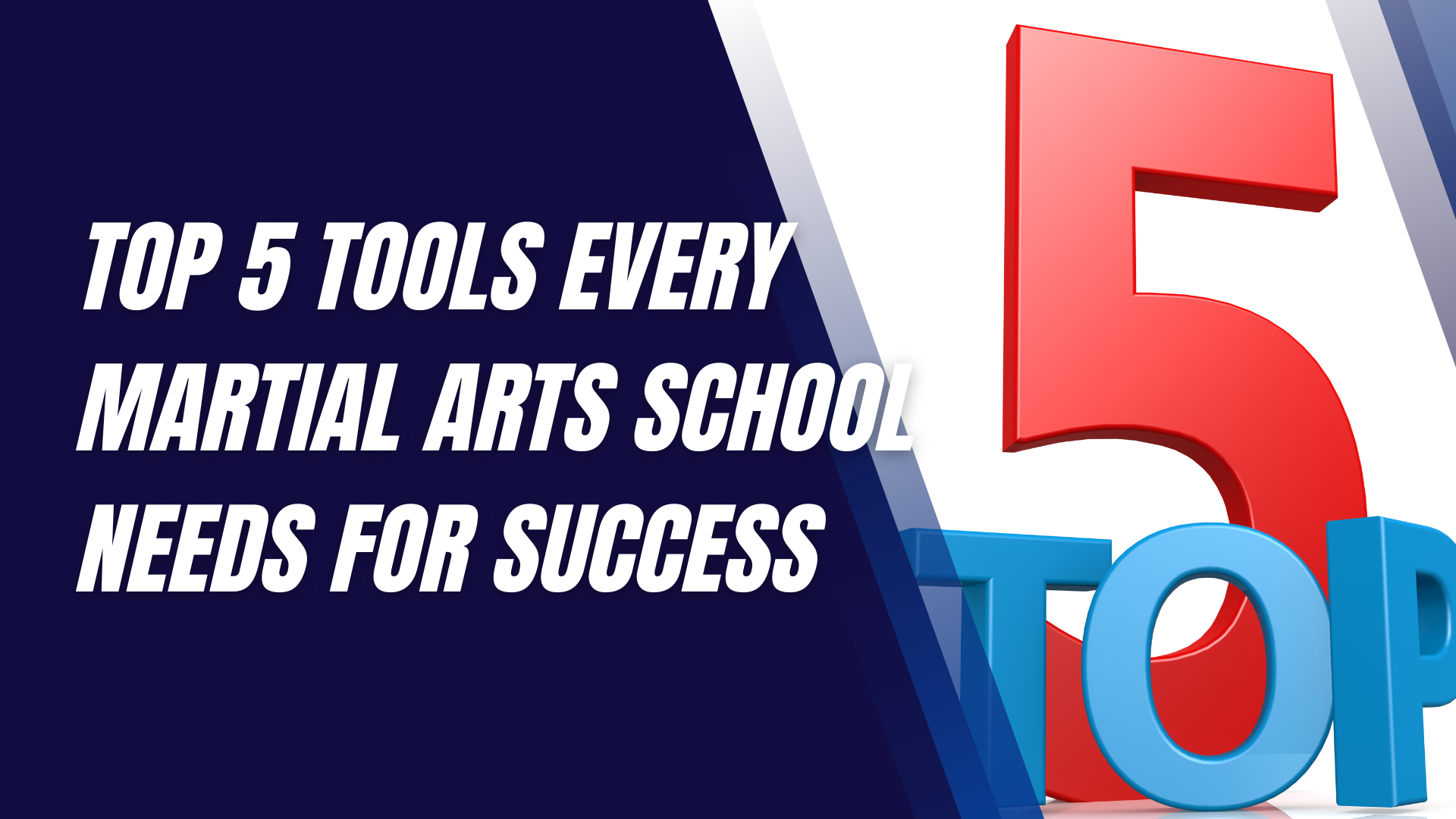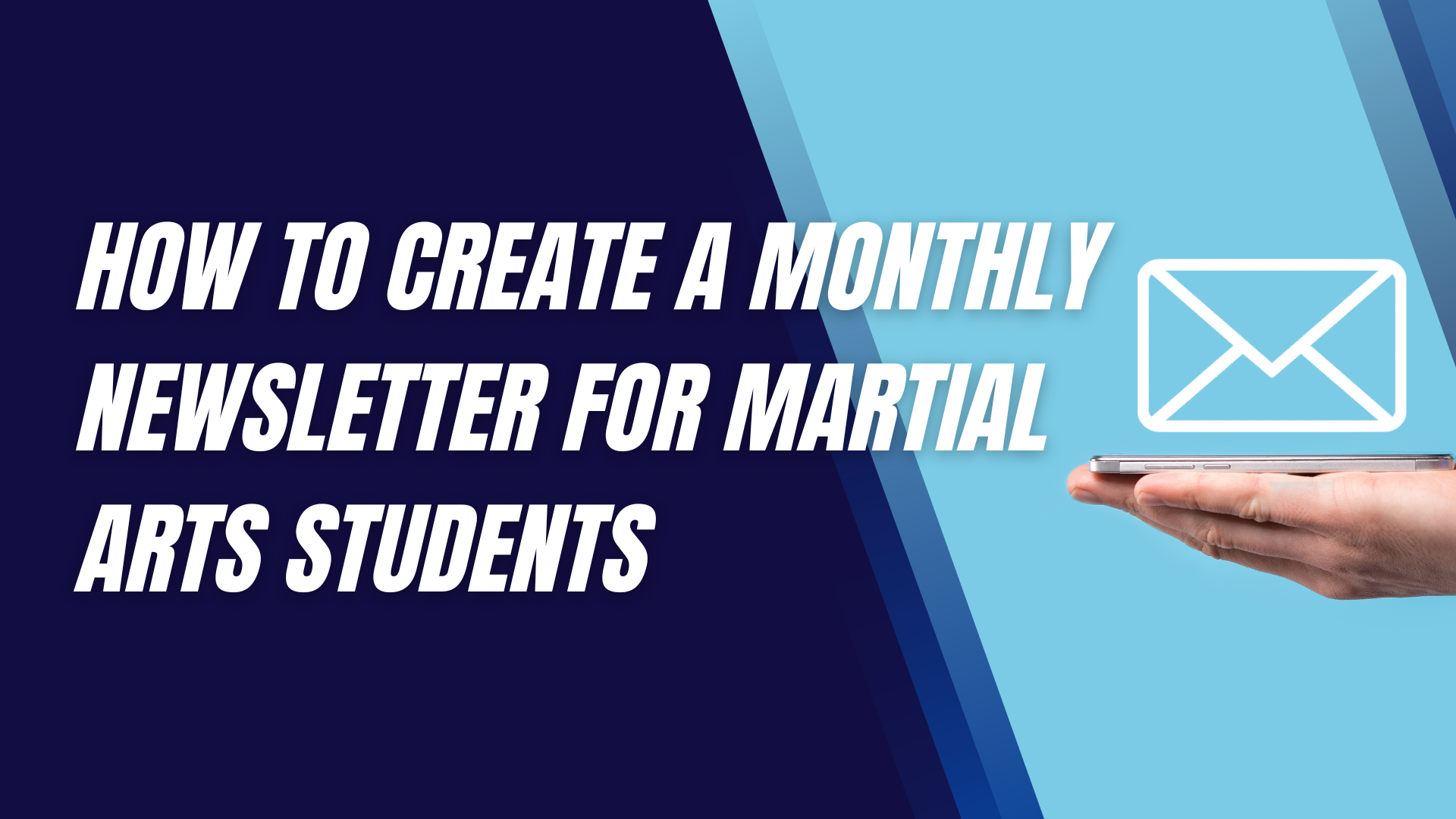The Development of Martial Arts in the Pacific Islands
Martial arts in the Pacific Islands embody a rich tapestry of history, culture, and combat prowess.
These practices, often steeped in the traditions of Polynesia, Micronesia, and Melanesia, serve not only as forms of self-defense but also as crucial cultural expressions. Understanding the development of these martial arts offers a glimpse into the islands' heritage and the resilience of their people.
Early History of Martial Arts in the Pacific Islands
Traditional fighting techniques across the Pacific Islands were deeply influenced by the geographical and cultural landscapes. In Polynesia, warriors utilized hand-to-hand combat skills alongside weapons like clubs and spears. Micronesians developed sophisticated wrestling techniques, while Melanesians were known for their agility and weapon-based combat, often incorporating elaborate rituals into their fighting styles.
Influence of External Cultures
The Pacific Islands' martial arts were not developed in isolation. The influx of Asian martial arts through trade and migration significantly impacted local practices. Techniques from Chinese Kung Fu, Japanese Karate, and Filipino Arnis were adapted and integrated, creating a unique hybrid of combat forms that reflected the islands' diverse interactions.
Notable Martial Arts Styles in the Pacific Islands
- Lua (Hawaii): Lua, the Hawaiian martial art, emphasizes bone-breaking, joint locks, and throws. It was traditionally practiced by Hawaiian warriors and is now experiencing a revival.
- Kati (Fiji): Kati is a Fijian martial art that includes stick fighting, boxing, and wrestling. It reflects the warrior culture of Fiji, where combat skills were essential for survival.
- Sikaran (Philippines): Although originating in the Philippines, Sikaran has influenced martial arts throughout the Pacific due to migration. It focuses on powerful kicking techniques and is practiced widely in the region.
Weaponry and Techniques
Pacific Island martial arts feature a variety of traditional weapons, such as the Hawaiian shark-toothed club (leiomano), the Fijian war club (totokia), and the Micronesian throwing spear. These weapons were not only tools of war but also symbols of status and craftsmanship. Techniques often emphasize speed, precision, and adaptability, reflecting the need to survive in the islands' challenging environments.
Cultural Significance of Martial Arts
Martial arts hold profound cultural significance in the Pacific Islands. They are integral to traditional ceremonies, from initiation rites to tribal gatherings. Martial arts foster community cohesion and preserve historical narratives, ensuring that the wisdom of the ancestors is passed down through generations.
Modern Evolution of Martial Arts
Globalization has brought significant changes to Pacific Island martial arts. Modern training methods and international competitions have influenced traditional practices. However, these arts have also gained international recognition, with elements of Pacific Island martial arts being incorporated into global sports and fitness regimes.
Prominent Figures in Pacific Island Martial Arts
Throughout history, numerous figures have shaped Pacific Island martial arts. Historical legends, such as King Kamehameha of Hawaii, renowned for his martial prowess, inspire modern practitioners. Today, martial artists like Ilima-Lei Macfarlane, a professional MMA fighter, continue to promote and evolve these traditional arts.
Martial Arts Training and Education
Training in Pacific Island martial arts traditionally involved rigorous physical and spiritual preparation. Apprentices would learn from masters through observation and practice. Today, modern academies and schools offer structured programs, combining traditional techniques with contemporary training methodologies.
Challenges and Preservation of Traditional Martial Arts
Preserving indigenous martial arts faces several challenges, including globalization and cultural erosion. However, efforts to maintain these traditions are ongoing. Cultural festivals, dedicated training centers, and educational programs play crucial roles in keeping these martial arts alive.
Martial Arts Competitions and Events
Martial arts competitions and cultural festivals are vital in promoting and preserving Pacific Island martial arts. Events like the Pacific Arts Festival showcase these traditions, providing a platform for practitioners to demonstrate their skills and share their heritage with a broader audience.
Health and Fitness Benefits
Practicing martial arts offers numerous health benefits, including improved physical fitness, flexibility, and coordination. Additionally, the mental and spiritual aspects, such as discipline and stress relief, contribute to overall well-being, making martial arts a holistic practice.
Women in Pacific Island Martial Arts
Historically, women in the Pacific Islands have participated in martial arts, albeit in less visible roles. Today, female martial artists are gaining recognition, breaking stereotypes, and contributing significantly to the evolution of these arts. Their involvement highlights the inclusive nature of martial arts in the region.
Martial Arts in Popular Culture
Pacific Island martial arts have made their way into popular culture, influencing movies, TV shows, and video games. This representation not only entertains but also educates global audiences about the rich martial traditions of the Pacific Islands.
Final Thoughts
The development of martial arts in the Pacific Islands is a testament to the resilience and ingenuity of its people. From ancient warrior techniques to modern practices, these arts continue to thrive, reflecting the cultural diversity and historical depth of the region. The future of Pacific Island martial arts looks promising as efforts to preserve and promote these traditions gain momentum.
Interested in trying a martial arts class? Find an affiliated academy anywhere in the country by clicking here.
Have your own martial arts program? Get to know more about what we have to offer at Ground Standard Agency for helping martial arts businesses grow.
Email us at info@groundstandard.com, or call and text us at (732) 907-8920 today to learn how to start growing your own academy, school, dojo, or gym with us as well.
Share this article

